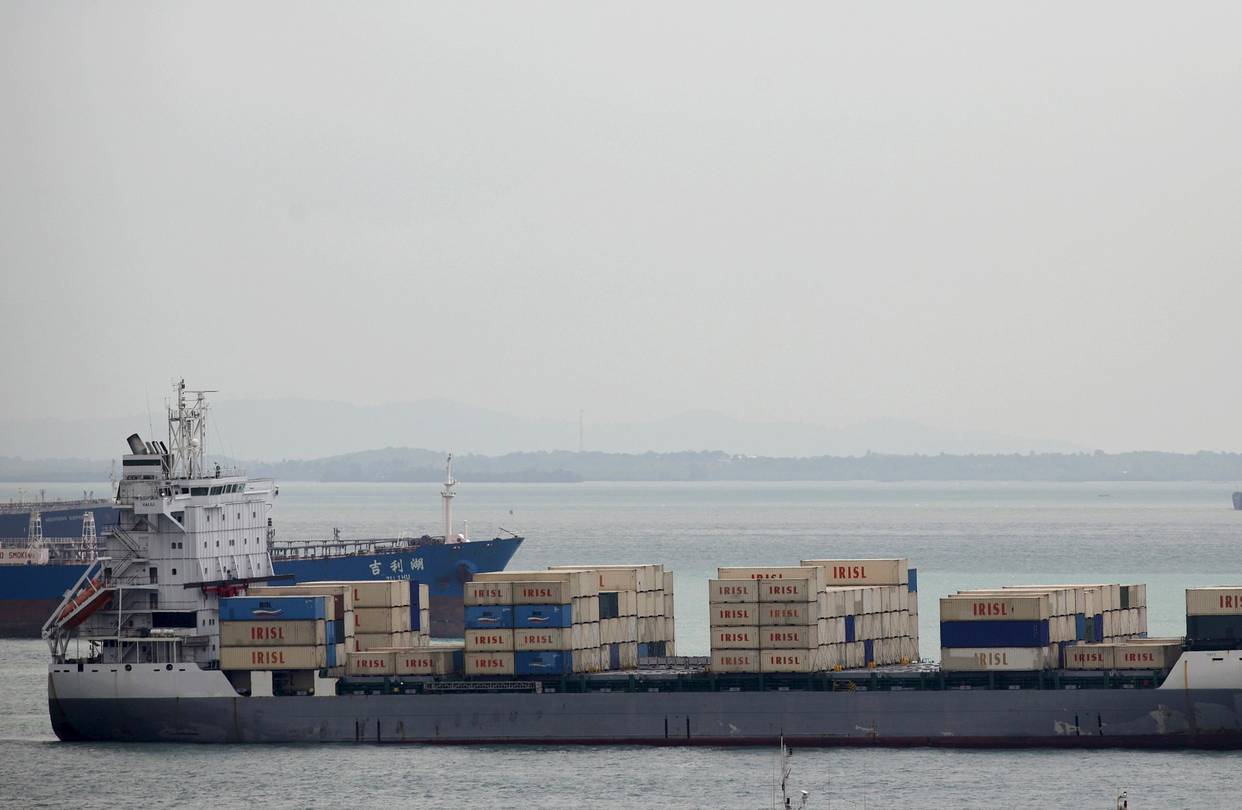Non-oil trade during the eight months to November 20 stood at $55.5 billion.
According to the latest report released by the Islamic Republic of Iran Customs Administration, 81.76 million tons of goods worth $28.11 billion were exported during the eight-month period, registering a 5.74% rise in value compared to last year's corresponding period.
Imports stood at 21.56 million tons worth $27.38 billion, which indicates a 0.94% rise year-on-year.
Gas condensates were Iran's main export ($4.51 billion) in the non-oil category, accounting for 16.7% of total exports. They were followed by liquefied natural gases ($1.95 billion), light crude oil and its derivatives excluding gasoline ($1.57 billion), petroleum gases and liquefied hydrocarbons ($960 million), and liquefied propane ($763 million).
The main imports included field corn ($874 million), soybean ($594 million), auto parts ($531 million), rice ($520 million), and motor vehicles ($459 million).
China was the main importer of Iranian goods. Iran exported $5.11 billion worth of goods to the Asian country, 1.82% more than that during the same period last year. Other major export destinations included the UAE with $4.37 billion, Iraq $4.68 billion, Turkey $2.6 billion, and South Korea $2.14 billion.
Exports to South Korea during the period indicate a whopping year-on-year growth of 708%.
Meanwhile, major exporters to Iran included China ($6.47 billion), the UAE ($4.67 billion), South Korea ($2.14 billion), Turkey ($1.76 billion) and Germany ($1.46 billion).
Imports from China, the UAE, South Korea and Turkey fell by 4.82%, 10.91%, 12.38% and 14.23% respectively. However, imports from Germany increased by 25.21% compared to the same period last year.
Iran’s non-oil foreign trade stood at $81.38 billion in the last fiscal year that ended in March. Imports amounted to $40.13 billion—down 22.77% compared with the preceding year. These originated mainly from China, the UAE, South Korea, Turkey and Switzerland. Exports reached $41.24 billion, indicating a 16.3% drop. China, Iraq, the UAE, Afghanistan and India were the main export destinations.
According to Saman Panahi, an economic researcher, Iran currently exports to 150 countries. Ninety-three percent of all Iranian exports go to 20 countries, namely China, the UAE, Iraq, Turkey, South Korea, India, Afghanistan, Japan, Pakistan, Oman, Azerbaijan, Italy, Turkmenistan, Taiwan, Spain, Armenia, Germany, Thailand, Syria and Egypt, and the remaining 130 countries are destinations of only 7% of Iranian goods.
Moreover, only 20 products account for over 58% of all non-oil exports, with 6,000 commodities constituting the rest.
According to Saeed Gholami-Baghi of the Majlis Research Center, these figures show lack of diversity in Iran’s exports and export destinations, which puts the country’s foreign trade at risk.
Meanwhile, smuggling continues to wreak havoc on the domestic economy albeit less severely compared to a few years ago. Authorities put the cost of contraband at $15 billion per annum. It stood at a staggering $25 billion the year before President Hassan Rouhani took office in 2013.


